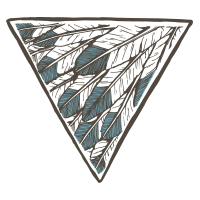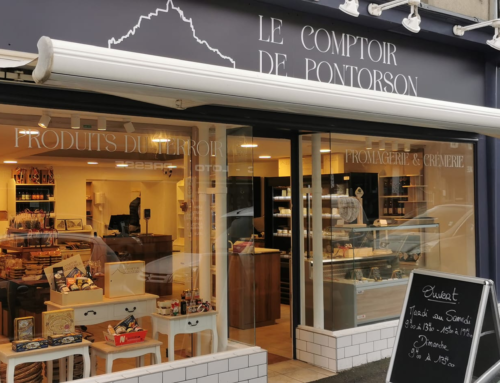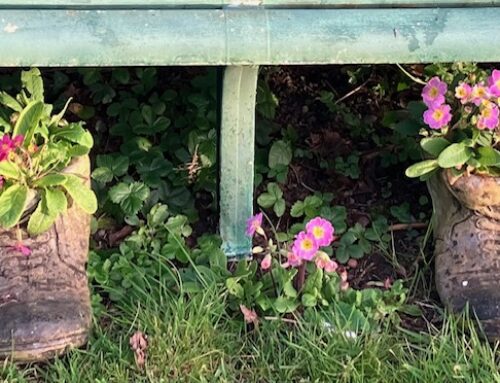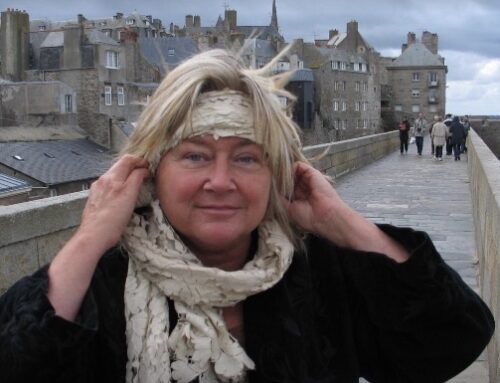As a baby boomer American who grew up in the 60s, with the atrocities of war not on our soil, normal life held a complete disassociation from the horrors of our world wars. Looking back, it’s almost like a privileged inheritance, except for the denial fomented.
I’ve had to come to grips with that; the intensity of loss in the USA of an entire generation, was ‘best kept swept away’. That’s how I was raised. The pain was too great.
Yet as a kid, I gravitated to war stories, to TIME/LIFE coffee table black & white picture books of soldiers, of the Normandy Invasion, and of historical novels spiraling around the Holocaust. I was obsessed.
My first trip to Europe at age 19 took me to Bavaria where unplanned by me, I ended up living at the foot of the Watzmann Blik in Berchtesgaden for an entire year.
That first morning, I looked out my window across the beautiful Bavarian meadow that ended abruptly with the rise of the mountain. In front of me was the granite shaft that led to the Eagles Nest, Hitler’s favorite place to retreat — all unplanned, all somehow perfectly orchestrated. Nothing is by chance, and coincidences are reconcilable.
That year I visited Dachau. It changed me.
From Dachau to Berlin, Amsterdam to Paris — en fait all over Europe I’ve gravitated to these memorials that matter.
They hold ghostly passages softened by time where the brutality is removed but the transmission remains intact, always followed by an empty Silence.
I find as I look back, my life is full of these turnkeys; as if finding each one tells me more about myself. That matters too.
Fast forward to years later, a home in Normandy, with road trips past and future, France continues to bring to me the scarring histories of war and suffering that was and still is visceral for me with each revealing.
Our friends and neighbors who were children during the Occupation, who stood on sidewalks as the American tanks rolled right down our streets, cannot help but be triggered to tell their story of those tide-turning days. Old stone houses being renovated reveal their secrets; days marked by fingernails on plaster walls beneath layers of wallpaper where prisoners were kept.
It is yesterday for each of them, and tomorrow for the rest of us.
When I first stepped foot onto the sacred grounds of Oradour, I met an entire village suspended in time, held intact by the stones still standing, though silenced by flame and violence.
De Gaulle visited Oradour after the revenge massacre by the Waffen-SS, and ordered everything to be left exactly as it was; a reminder for all of us of our human capacity for evil.
Oradour’s Standing Stones hold the records of locals’ last moments and lives, shadows and voices — not mine, not imagined, and actually not even silenced. But that’s the afterthought that rides side by side with grace.
I’ve written two pieces about Oradour – one, the trip down and talking with the proprietor of the chambre d’hote I stayed in en route, and the other, meeting the Standing Stones in my walk-through and its impact on me personally.
I am revisiting those here, as we are within just a few days of that anniversary, and that voice will continue to be shared.







